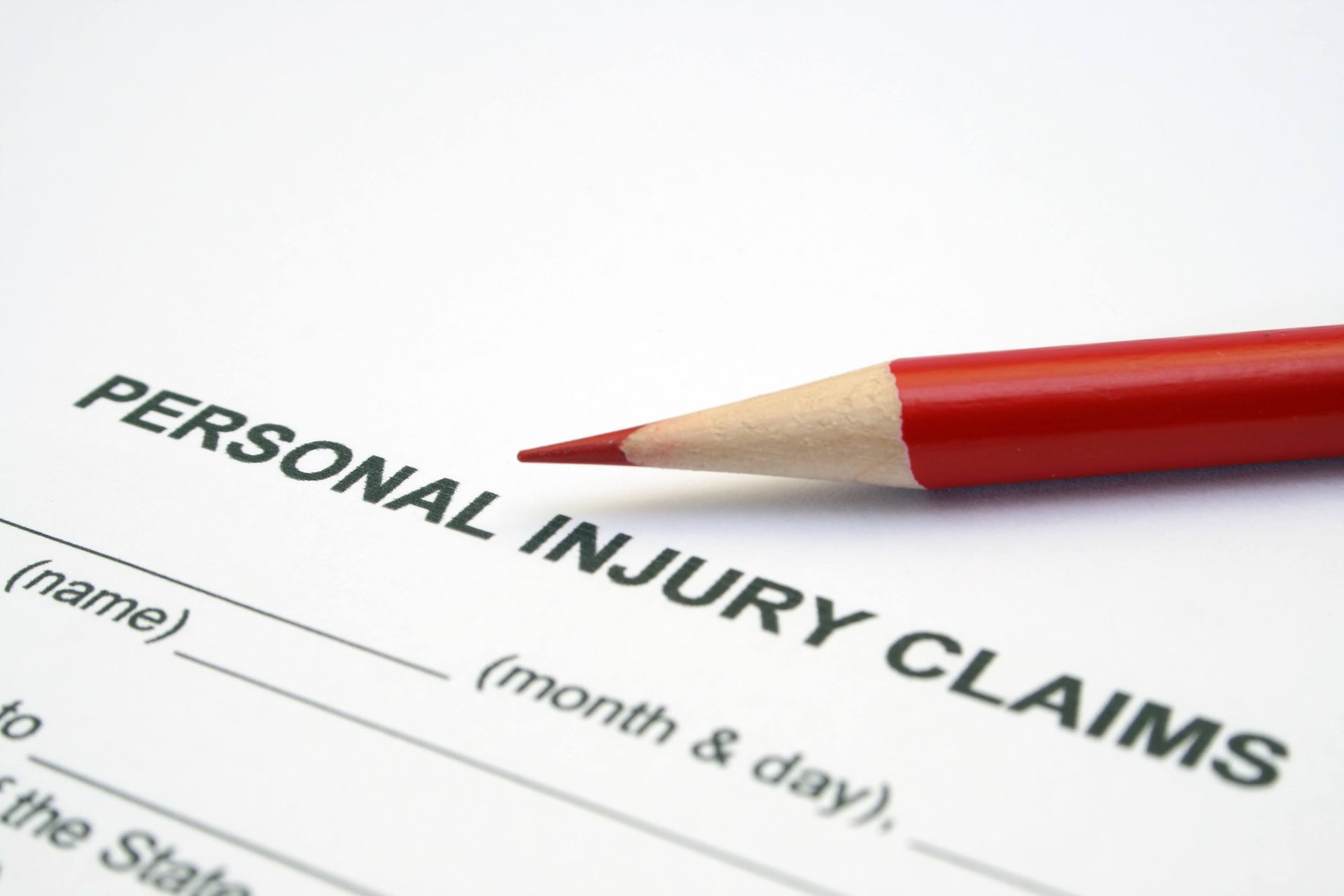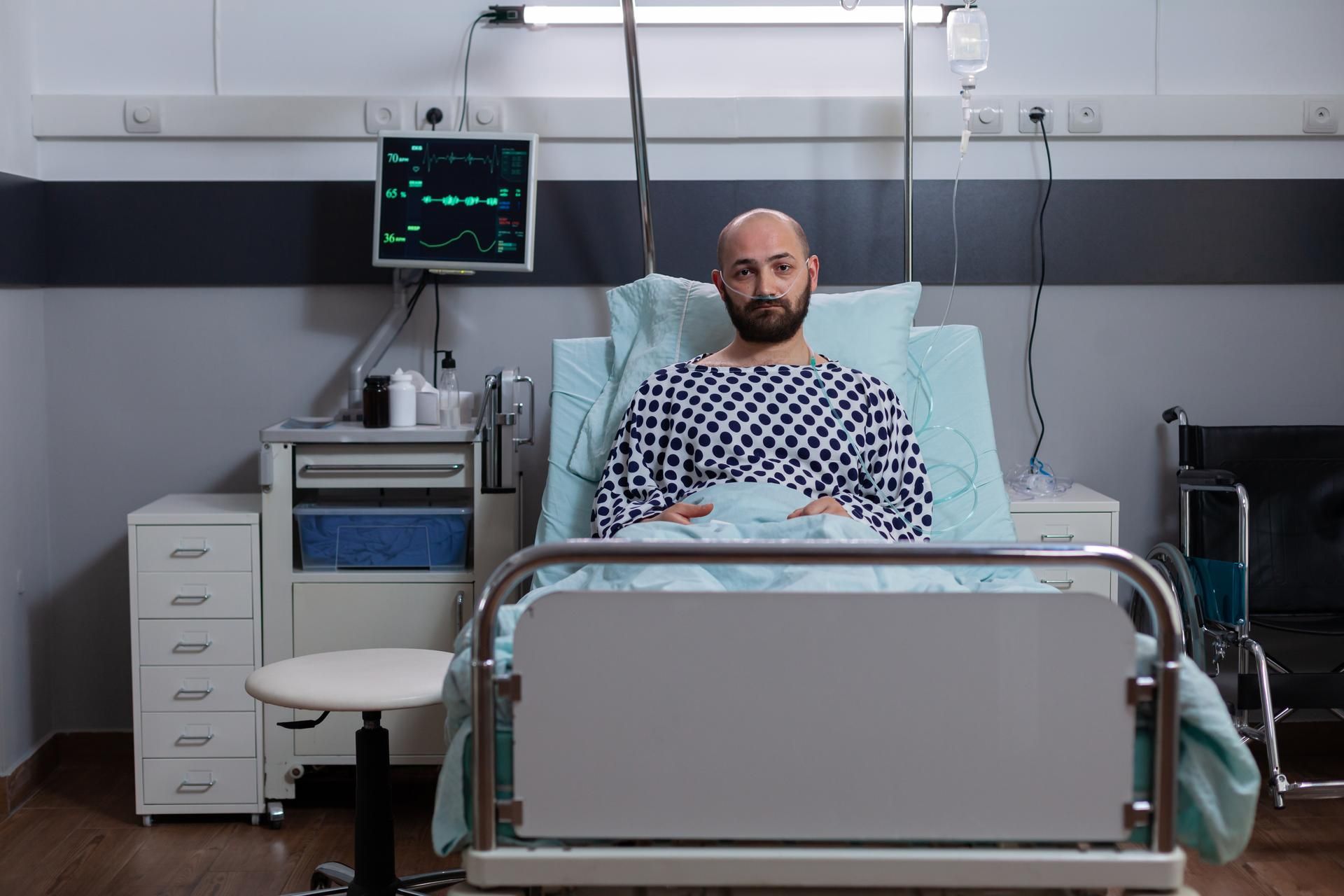Taking a Medical Negligence/Malpractice Suit To Trial

Medical negligence suits, or “malpractice” suits as they are more familiarly known, are an unfortunate reality in today's world. When healthcare professionals make mistakes, they can have serious consequences for their patients, and the patients’ families and loved ones. In these situations, many people turn to legal action as a way to seek justice and compensation for the harm they have suffered.
However, as you might suspect, most cases don't settle outside of court and instead require a trial. This happens when the two parties involved cannot reach a mutually agreed-upon resolution. In such cases, you need to be prepared for the litigation process and know what to expect.
Here are two important things you need to know if you decide to take a medical malpractice suit to trial.
The Trial May Involve Several Phases
A medical malpractice trial may involve several phases due to the complexity and specifics of such cases. Understanding these steps is crucial for managing expectations and being prepared.
The case presentation stage is the first step. This is where the plaintiff and defendant present their sides of the story, typically through opening statements, witness testimony, and evidence presentation. This phase can be lengthy as each piece of information and each witness can play a critical role in determining the course of the trial.
Next is the cross-examination stage, where each side can question the opposing party's witnesses. This is a key part of the trial as it allows each side to challenge the credibility and reliability of the other party's evidence and potentially sway the jury in their favor. Your legal team's expertise and skills are especially important during this stage because they need to ask the right questions and make persuasive arguments.
After the cross-examination, both parties will then have the chance to present their closing arguments. This is where your legal team will summarize all the evidence presented and persuade the jury to rule in your favor. A strong and compelling closing argument can greatly impact the trial's outcome since it is the last chance to appeal to the jury.
The judge will then provide instructions to the jury before deliberations begin. The jury will carefully review all the evidence presented and decide whether the defendant is responsible for medical malpractice. The judge will then announce the verdict, which can be either in favor of the plaintiff or the defendant.
Either Party Can Appeal the Trial's Outcome
Following the conclusion of a medical malpractice trial, either party may have a right to appeal the outcome. An appeal is a legal proceeding where a higher court reviews the trial court's decision. The appeal process involves thoroughly examining the trial court proceedings for any legal errors that could have affected the outcome. This does not include a re-evaluation of the facts or evidence but focuses on the application of the law.
The appellate court reviews the arguments from both sides along with the trial court record and decides whether the trial court made errors of law. If such errors exist and are deemed significant, the appellate court can reverse the trial court's decision or, in some cases, order a new trial.
All in all, this process underscores the importance of legal representation from us at Higinbotham & Higinbotham, PLLC to navigate this and other equally complex legal processes. Our experienced attorneys are well-equipped to handle medical malpractice suits at any stage, including taking them to trial.
Contact us today to discuss your case and work up a winning strategy so that you can get justice and move forward with your life.








